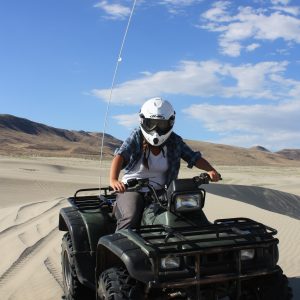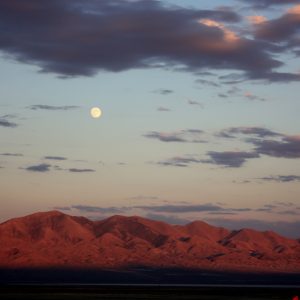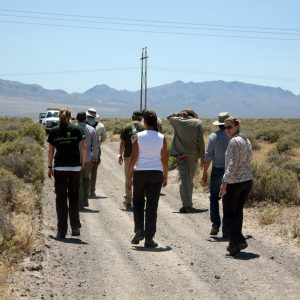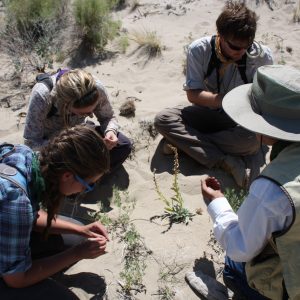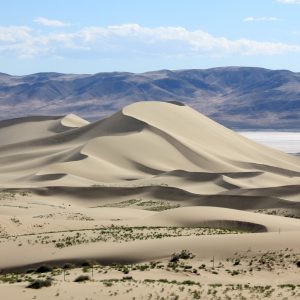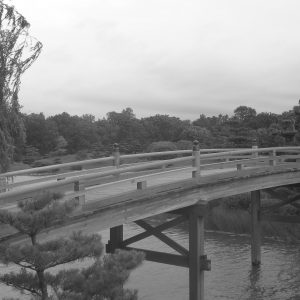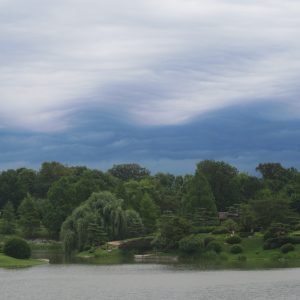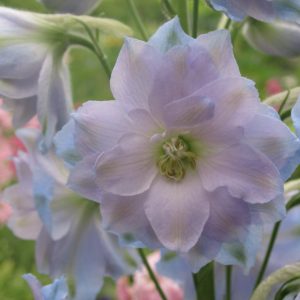I’m just about halfway through my internship, and I’m so happy that this runs for 5 months, rather than 12 weeks like many of the other internships I was considering did. I can imagine how stressed I would be as I struggled to find my next job or adventure, and am happy to delay the worry for a little bit longer. In the meantime, it’s hard to believe that I’ve actually been here for two and a half months, and that the summer is winding down. Today on my way to work I passed elementary students walking with their parents to their first day of school. Despite the slight nostalgia I feel as many friends prepare to begin another school year, I’m still enjoying living and working out of Denver. This is a great city, bordered by more mountains than I could hope to explore in the next 10 years, and the work continues to be varied and interesting.
My internship is allowing me to catch glimpses of many areas around the state, and I’m grateful for these monitoring trips that allow us to meet and work with many different field offices. We’ve also been ramping up our seed collecting. Up until now we went on a lot of scouting trips to nearby parks and open spaces, but found lots of flowers and very few fruits. Suddenly everything seems to be ripening, and each field day before leaving the office we need to decide which collection would be the best use of our time.
Last week we spent three days collecting Oregon Grape (Mahonia repens). It was a difficult collection because the plants are scattered all over the park we were at, but many were fruitless (ah, the original meaning). The others had between 1 and 50 berries/plant, with the majority seeming to be closer to 1. After hiking for more than an hour up the same hill three days in a row, I was glad to see the end of this collection!
The next day we went to a different site and were rewarded with an absurdly easy collection of Monarda fistulosa. We had found this pretty purple flower a few weeks before, completely covering an open meadow. Sure enough, it was still there when we came back and many of the seed heads were ready. Within two hours the two of us had collected over 1,000 seed heads, each of which contains between 50 and 150 seeds. As an added bonus, it even smells good!
I’m excited to see how the flora continues to change as we move more fully into the fall, and look forward to seeing new areas and meeting new seed collecting and monitoring challenges.
Sama Winder, BLM CO State Office













